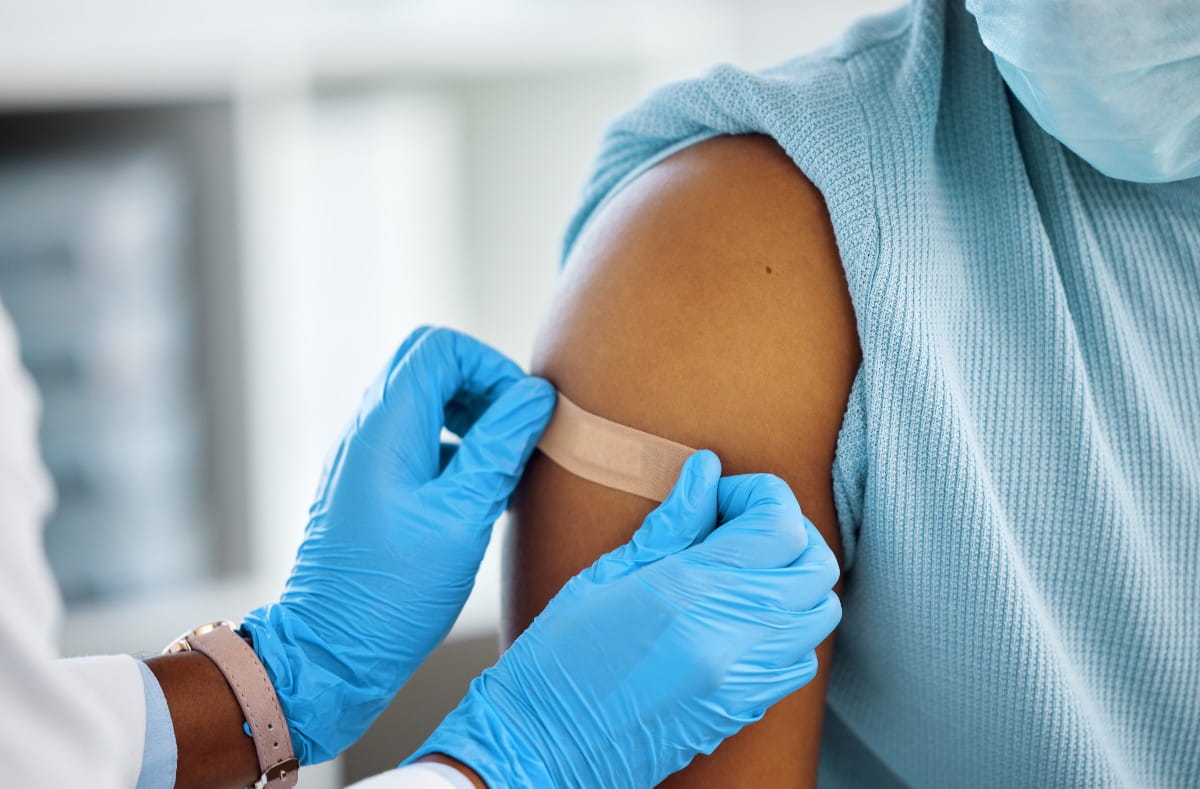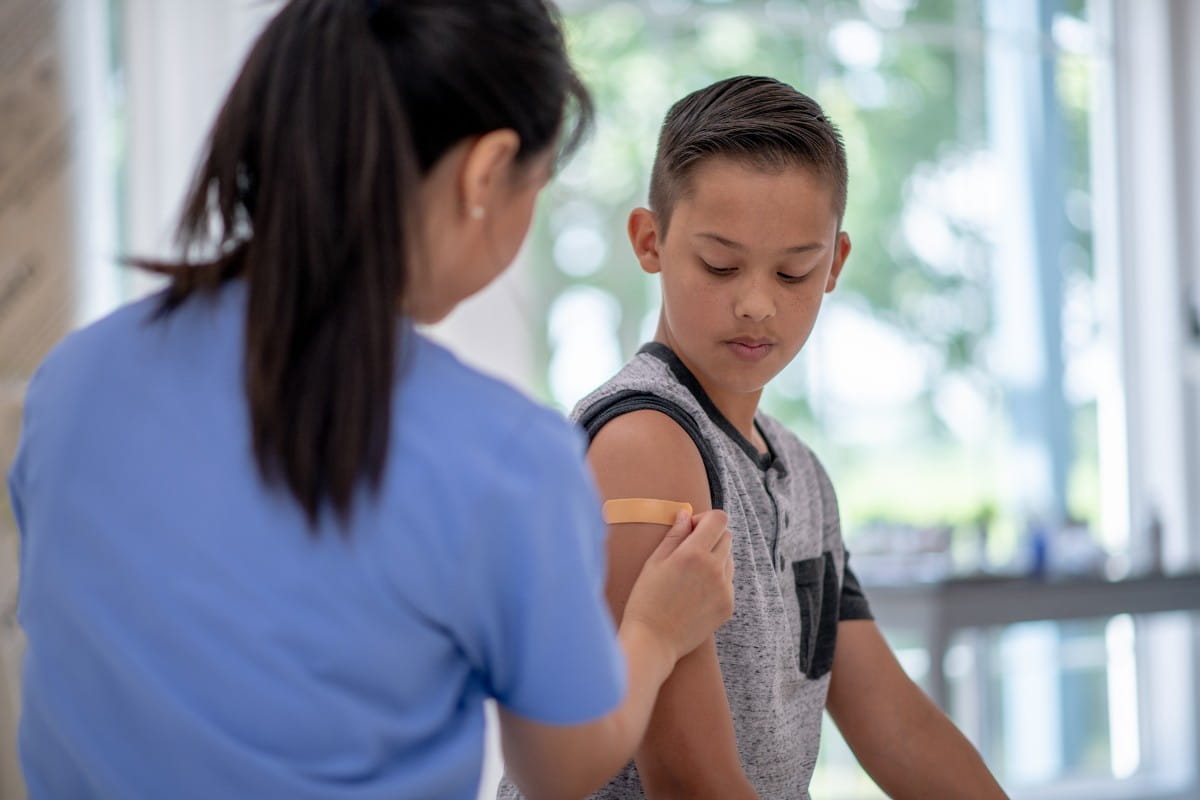Human papilloma virus, or HPV, affects nearly all sexually active adults. But you can avoid HPV symptoms and the increased cancer risk with a little preparation and prevention.
Here, Ashley Kelly, a family nurse practitioner at Riverside Hayes Medical Center, shares the basics on HPV, including what it is, its symptoms and how you can reduce your risk of contracting this common sexually transmitted infection (STI).
What is HPV?
Human papillomavirus (HPV) is the most common STI. In fact, the National Cancer Institute reports that almost all sexually active people will become infected with HPV within months to a few years of becoming sexually active. Regardless of your gender, sex or sexual orientation, if you’re sexually active, you are at risk for contracting HPV.
“You may have had an HPV infection without even realizing,” says Ms. Kelly. “That’s because, most of the time, your immune system fights off the infection before you notice any sign of the virus.”
Whether or not your body can clear HPV on its own largely depends on what type of HPV strain you have. Scientists estimate that there are more than 200 HPV-related viruses which they classify as either high-risk HPV or low-risk HPV.
High-risk HPV infections
High-risk HPV infections can cause several different types of cancer. And about 14 high-risk types of HPV cause around half of all HPV infections. HPV-related cancers include:
- Cervical cancer
- Head and neck cancer (usually oropharyngeal cancers)
- Anal cancer
- Penile cancer
- Vaginal cancer
- Vulvar cancer (less common)
How does HPV spread?
HPV most commonly spreads through sexual contact with an infected person, including vaginal, anal or oral sex. However, HPV can also spread during other non-sexual, skin-to-skin contact with an infected person. It can even be transmitted if you do not have symptoms.
“Here’s the bottom line: when it comes to HPV, practice safe sex and have open and honest conversations about your sexual history with new partners,” reminds Ms. Kelly.
What are the symptoms of HPV?
Typically, an HPV infection doesn’t cause any symptoms. Low-risk HPV infections sometimes cause warts in the mouth or on the genitals. However, high-risk HPV infections may not show symptoms until the infection develops into pre-cancer or cancer.
“Most HPV-related cancers are slow growing,” says Ms. Kelly. “That’s why screenings like a cervical exam and your annual wellness visit with your primary care provider are key to identifying signs of cancer early and preventing it from spreading.”
Can HPV be prevented?
The best news? You can prevent getting an HPV infection. Follow these recommendations to lower your risk.
Get vaccinated
The Centers for Disease Control and Prevention recommend men and women under age 26 receive the HPV vaccine.
In fact, they recommend it for children during their 9 - or 12-year-old wellness check.
If you’re an adult between the ages of 27 and 45 and didn’t receive the HPV vaccine when you were younger, you still can. However, if you’ve been sexually active, chances are you’ve already been exposed to the virus. Even if you’re older and have been sexually active, getting the vaccine can be helpful to help reduce your risk for contracting high-risk strains. Speak with your health care provider if you’re in this age group and concerned about getting a new HPV infection.
Schedule regular cervical cancer screenings
The Pap test or HPV test can identify HPV infections before they turn into cancer. The American College of Obstetricians and Gynecologists (ACOG) share the following recommendations for cervical cancer screenings:
- Women 21 to 29: Pap test every three years
- Women 25 to 29 can opt for an HPV test, but Pap tests are preferred
- Women 30 to 65 can opt for any of the following:
- A Pap test and HPV test every five years
- A Pap test every three years
- HPV test every five years
There are currently no HPV screenings recommended for men.
Always use a condom
Men get and spread HPV, too, so safe sex is essential. The CDC found that 74% of oropharynx (throat), penis and anus cancers in men likely developed from an HPV infection. Condoms help reduce your risk of catching and spreading all STIs, including HPV.
Be in a monogamous relationship
The fewer sexual partners you have over the course of your life, the lower your risk for contracting HPV – including a high-risk strain – is. So, having only one sexual partner at a time can be a preventive measure. Be open and honest with your partner about your sexual history.
If you have questions or concerns about HPV infections, schedule an appointment with Ms. Kelly or via MyChart with any Riverside primary care provider.
Related:



